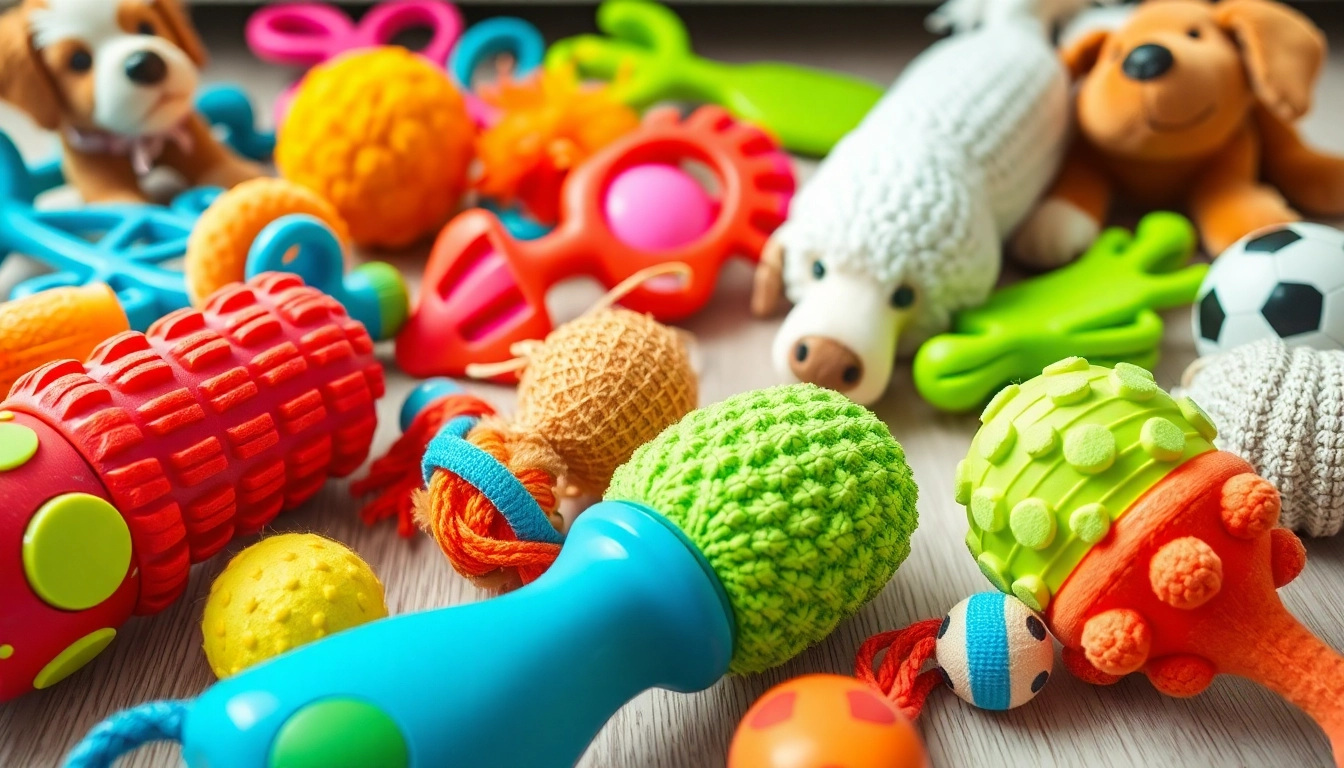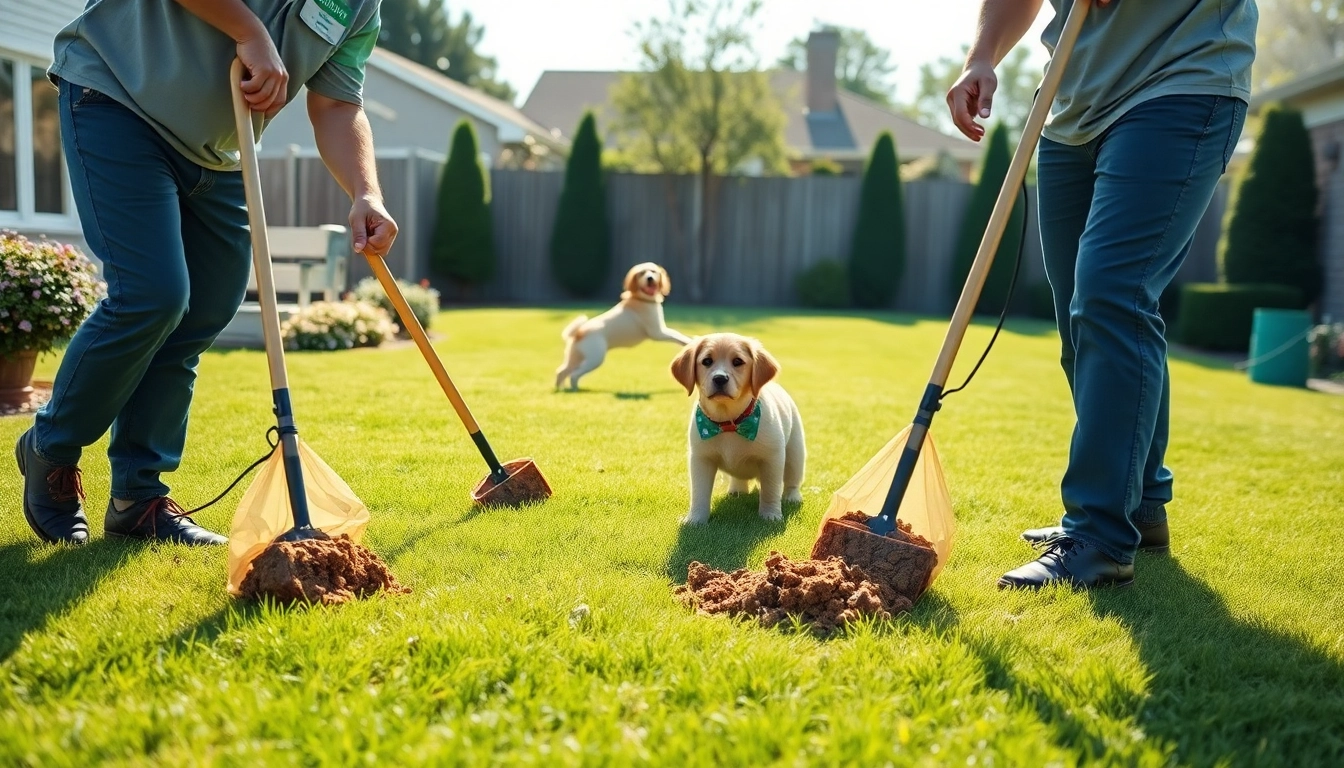In the ever-evolving world of pet care, keeping our furry friends engaged and happy is a priority for many dog owners. One of the most effective ways to ensure that your canine companion receives adequate mental and physical stimulation is through the use of interactive dog toys. These toys come in various shapes and sizes and are designed to challenge your dog’s intellect while also providing entertainment. In this article, we delve into the fascinating world of interactive dog toys, exploring their benefits, key features, and top recommendations to help you find the best options for your beloved pet.
Understanding Interactive Dog Toys
Definition and Types
Interactive dog toys are specialized playthings designed to engage dogs mentally and physically. Unlike regular chew toys or soft plushes, these toys require dogs to think, solve problems, or even play cooperatively with their owners. There are several types of interactive dog toys available on the market, each serving different stimulating functions:
- Puzzle Toys: These toys contain hidden compartments that dispense treats when the dog figures out how to manipulate them. They can range from simple designs requiring basic logic to complex constructions that challenge even the smartest pups.
- Treat-dispensing Toys: Similar to puzzles, these toys reward dogs with food or treats after a certain action, such as rolling or chewing, stimulating their natural foraging instincts.
- Interactive Balls: These include motorized or remote-controlled balls that move erratically, encouraging dogs to chase them. They help improve a dog’s agility and offer great exercise.
- Stuffed Animals with a Twist: These are plush toys with hidden puzzles or squeakers that encourage exploration and excitement, combining the familiarity of a stuffed toy with an interactive element.
Benefits for Dogs
The benefits of interactive dog toys are multi-faceted and profound:
- Mental Stimulation: Engaging your dog with puzzles and challenges stimulates their brain, reducing the chances of boredom and unwanted behaviors.
- Physical Exercise: Many interactive toys involve physical activity, which is vital for a dog’s overall health. Exercise helps manage their weight, strengthens their muscles, and provides them with an opportunity to release pent-up energy.
- Behavioral Improvement: Providing mental stimulation through toys can significantly improve behavioral issues stemming from boredom, such as chewing furniture or excessive barking.
- Bonding Opportunities: Interactive toys create a chance for owners to spend quality time with their pets, enriching their relationship through playful engagement and cooperation.
- Reduction of Anxiety: For dogs prone to separation anxiety or general anxiety, interactive toys can serve as distractions, helping them cope when left alone.
Choosing the Right Toy
Selecting the right interactive toy for your dog involves consideration of various factors, including:
- Size: Ensure the toy is appropriate for your dog’s size and breed. A toy that is too small can pose a choking hazard, while one that is too large may deter your dog from playing.
- Durability: Depending on your dog’s chewing habits, look for toys made from sturdy materials that can withstand rigorous play, especially for aggressive chewers.
- Complexity: Choose a toy that suits your dog’s intelligence level. Start with simpler options, gradually increasing the complexity to keep them challenged.
- Safety: Ensure the toy is made from non-toxic materials without any small parts that could be easily swallowed.
Key Features of Quality Interactive Dog Toys
Material Safety and Durability
High-quality interactive dog toys should be constructed from pet-safe materials. Look for BPA-free plastics, non-toxic rubbers, or organic cotton for plush toys. It’s essential to read product labels and reviews to ensure the toy’s safety and durability to withstand daily play without falling apart. Some toys are designed specifically for aggressive chewers, showcasing reinforced seams and robust materials that promise longevity.
Interactive Elements and Variety
Quality interactive toys often incorporate multiple mechanisms to keep your dog engaged. For instance, toys with sound elements (like squeakers) or toys that respond to a dog’s actions (like those that light up or roll) can provide stimulating variety. The more interactive elements a toy has, the more likely it is to capture and hold your dog’s attention.
Adjustable Difficulty Levels
Some interactive toys come with adjustable difficulty settings. This feature allows you to tailor the challenge to your dog’s skill level. As your dog masters a toy, you can increase the difficulty, ensuring that the toy remains engaging for longer periods. This adaptability is crucial for catering to dogs at different stages of development or with varying intelligence levels.
Top Picks for Interactive Dog Toys
Popular Brands Reviewed
When it comes to purchasing interactive dog toys, several well-known brands consistently deliver quality and innovation. Some popular brands include:
- KONG: Renowned for its tough rubber toys, KONG offers a variety of interactive products that can be stuffed with treats, encouraging dogs to chew and play.
- Outward Hound: Specializing in puzzle toys, Outward Hound creates mentally stimulating options that challenge dogs while rewarding them with treats.
- Puppy Kong: Specifically designed for young dogs and teething puppies, these toys offer softer rubber and easy-to-fill treats that encourage play and exploration.
Best for Large Dogs
Large breeds often require more durable toys to withstand their strength. Here are some top recommendations:
- West Paw Zogoflex Hurley: This durable, floating toy is perfect for fetch games and is made from eco-friendly material that’s safe for dogs and the planet.
- PetSafe Busy Buddy Barnacle: A treat-dispensing toy specifically designed for larger breeds, this toy can be adjusted to keep the treats hidden until the dog figures out how to get them.
- KONG Extreme Dog Toy: Made from the toughest rubber, this classic toy is perfect for aggressive chewers and can be filled with food for added stimulation.
Options for Small Breeds
Smaller dog breeds require toys that are appropriately sized without compromising on engagement and fun. Some recommended toys for small dogs include:
- Puzzle Pet Feeder by Outward Hound: This slow feeder offers puzzles that stimulate thought processes while serving food to avoid rapid eating.
- KONG Classic: The smaller version of the iconic KONG toy, this is ideal for small breed dogs and can be filled with treats or soft food.
- PetSafe Busy Buddy Squirrel Dude: This toy features a unique design that allows small dogs to enjoy the challenge of reopening the toy for treats.
How to Integrate Interactive Toys into Daily Play
Creating a Play Schedule
Establishing a routine that incorporates interactive playtime into your dog’s day is essential. Aim for at least 15-30 minutes each day dedicated to using interactive toys. Consider integrating this playtime into your daily walks or as a pre- or post-meal activity. Consistency helps your dog understand what to expect and reduces the chances of them becoming bored with their toys.
Mixing Toys for Variety
It’s crucial to rotate different toys regularly to maintain your dog’s interest. Introducing new toys or storing away old ones for a few weeks can rekindle enthusiasm. Mixing types of interactive toys, such as puzzles with fetch toys, enables diverse experiences and stimulates different aspects of your dog’s behavior.
Monitoring Your Dog’s Engagement
While engaging your dog with interactive toys, observing how they interact with each type is essential. Take notes on what they enjoy most and how long they stay engaged with each toy. If your dog loses interest quickly, it might be a sign to switch up the toys or increase the difficulty level of the puzzles. Regular observation helps you tailor play to your dog’s specific interests and needs.
Common Challenges and Solutions
Dealing with Picky Eaters
If your dog shows little interest in interactive toys, particularly treat-dispensing types, try experimenting with different fillings. Many dogs have preferences for specific flavors or types of treats. You can also try using a small amount of peanut butter, yogurt, or applesauce to entice your dog. Additionally, you can create challenges by hiding treats in other toys or around the house, mixing it up to find what excites your pup.
Introducing New Toys
Introducing new toys can sometimes be met with hesitation. To help your dog become accustomed to a new interactive toy:
- Start with supervised play with the new toy, ensuring your dog feels comfortable.
- Use their favorite treats to lure them into engaging with the toy.
- Play alongside them, using your encouragement to build their confidence with the new addition.
Addressing Boredom in Active Dogs
Highly active dogs often require substantial stimulation and exercise. If traditional toys aren’t engaging enough, consider:
- Increasing the duration of play sessions with interactive toys to tire them out effectively.
- Incorporating outdoor activities, like fetch with interactive fetch toys, to burn energy.
- Engaging in structured training sessions using toys as rewards to introduce an element of learning alongside play.
In conclusion, interactive dog toys play a critical role in a dog’s daily routine, providing opportunities for mental stimulation, physical exercise, and strong bonding with their owners. By understanding the various types, benefits, and best practices for integrating these toys into daily life, you can significantly enhance your dog’s overall well-being and happiness. Investing in quality interactive toys tailored to your dog’s needs will yield an enriched life for both you and your furry friend.



